Visit the Kasbah Museum Tangier
We visit the Kasbah Museum in Tangier, a former sultan’s palace filled with art, Moroccan treasures and beautiful historical gardens and architecture to explore all in one impressive complex.
I totally enjoyed visiting the Kasbah Museum in Tangier, a very beautiful and well laid out museum that was completely renovated and depicts that Kasbah of Tangier in a magnificent way from the fortress area below with the cannons and fortifications to the Kasbah areas above with the museum which previously was the royal palace of the Moroccan kings of the area.
The mostly DIY tour of the Kasbah is well laid out with audio tour devices that lead you through different rooms, attractions and artifacts to see and learn about this significant palace and fortress in Tangier. I enjoyed this type of tour so you can stop and start depending on what you want to see and focus on. For me, taking the time to view more collections and reading some of the English placards were fantastic to exploring and learning more about the space.
Kasbah Museum Tangier: Step Into a Sultan’s Palace Where Moroccan Treasures Meet Mediterranean Views
This post gives you a quick look at the palace, collections, gardens and overall highlights to visiting and more information to the museum below.
What is a Kasbah?
You may wonder what really is the Kasbah located in Northern Africa. A kasbah is a type of fortress or fortified area typically found in North African cities, especially in Morocco. Historically, it served as a defensive stronghold for rulers, nobility, or tribal leaders and was often built on a high point to oversee the surrounding area. The structure is usually made from mudbrick or rammed earth, giving it a warm, earthy color that blends into the desert landscape. Inside the kasbah, you’d find a mix of residential quarters, storage rooms, and sometimes even palaces or administrative centers. Over time, many kasbahs evolved into bustling centers of daily life, surrounded by narrow alleyways, markets, and homes. Today, some have been restored for tourism, while others remain partially inhabited or in ruins, offering a glimpse into the region’s past.
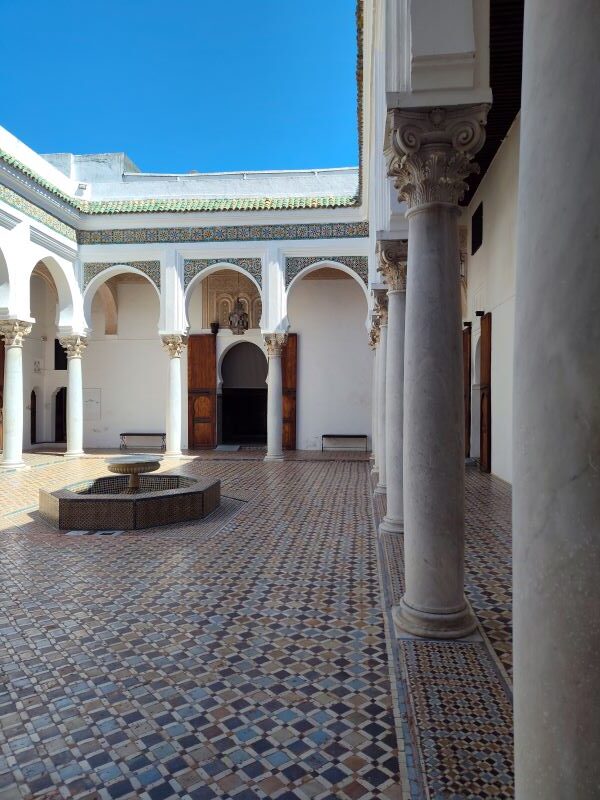
A brief history about the Kasbah Museum in Tangier
The Kasbah Museum, located in the old medina of Tangier, Morocco, is housed in the former Sultan’s palace, known as Dar el Makhzen. The building itself dates back to the 17th century, when it was constructed by Sultan Moulay Ismail after he reclaimed Tangier from European powers. Over the centuries, it served as a residence for Moroccan sultans and local governors, reflecting a mix of Moroccan and Andalusian architecture.
In the 20th century, after Morocco regained independence, the palace was converted into a museum to showcase the region’s rich cultural heritage. Today, the museum focuses on archaeological and ethnographic collections, with items ranging from Phoenician artifacts and Roman mosaics to traditional Moroccan crafts and art.
The museum not only gives insight into Tangier’s long and layered history—from its early settlements through the Roman era to its time as an international zone—but also provides a quiet place to enjoy views of the medina and harbor from its gardens and terraces.
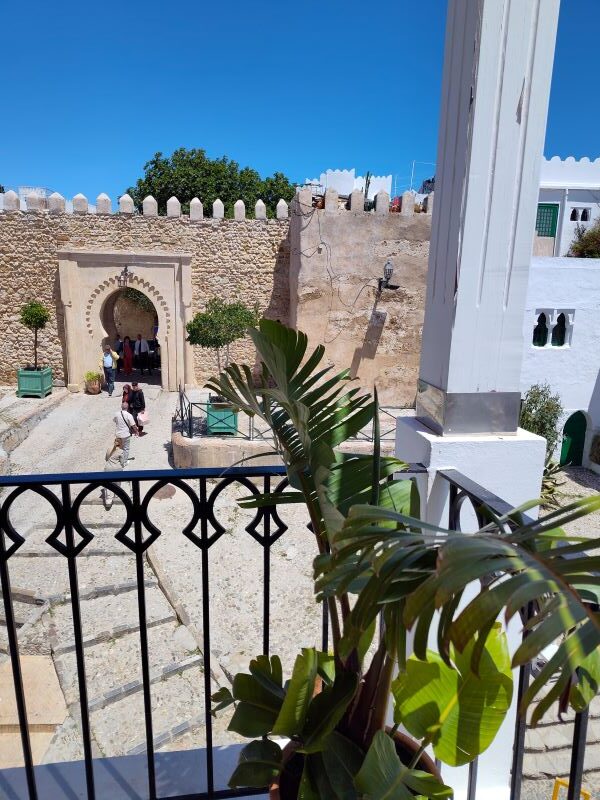
Where is the Tangier Kasbah Museum located
The Kasbah Museum is situated in the heart of Tangier’s historic Kasbah district, at Place de la Kasbah, Tangier 90030, Morocco. It’s housed within the former Sultan’s palace, Dar el-Makhzen, perched on one of the city’s highest points. This location offers sweeping views of the medina and the Strait of Gibraltar.
To reach the museum, you can enter the Kasbah through the Bab Kasbah gate and follow the winding paths leading up to the palace. The area is pedestrian-friendly, and the museum is well signposted from key points in the medina.
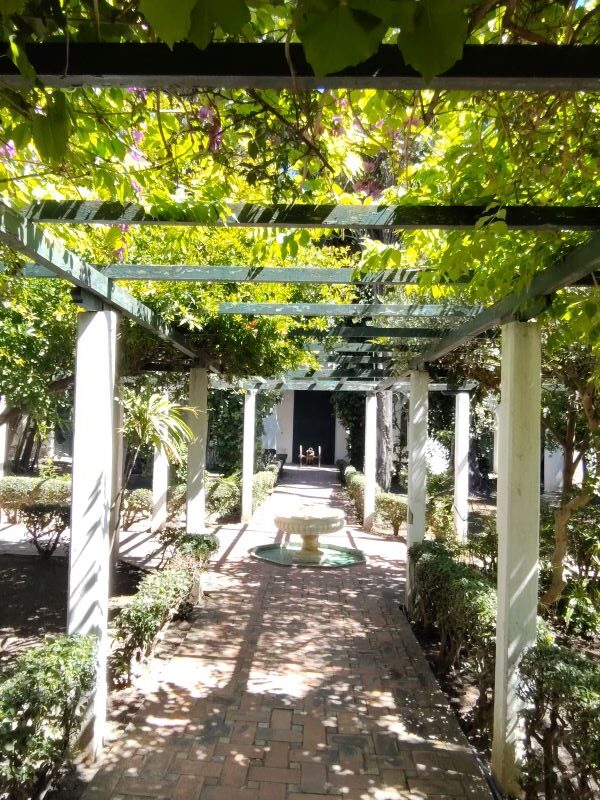
Highlights to visiting the Museum
IF you are visiting Tangier and the Medina, make sure to climb to the top and visit the Kasbah and Museum which highlights the opulence and architecture of the Sultans that live here in the past.
The tour lets you visit most of the public rooms, gardens and collections of the palace area and learn about the history and general purpose to the rooms that you can do a self tour with an audio guide.
There are additional information placards in English and other languages explaining more details about what you are visiting and the use for that particular room.
Here are some additional photos and information
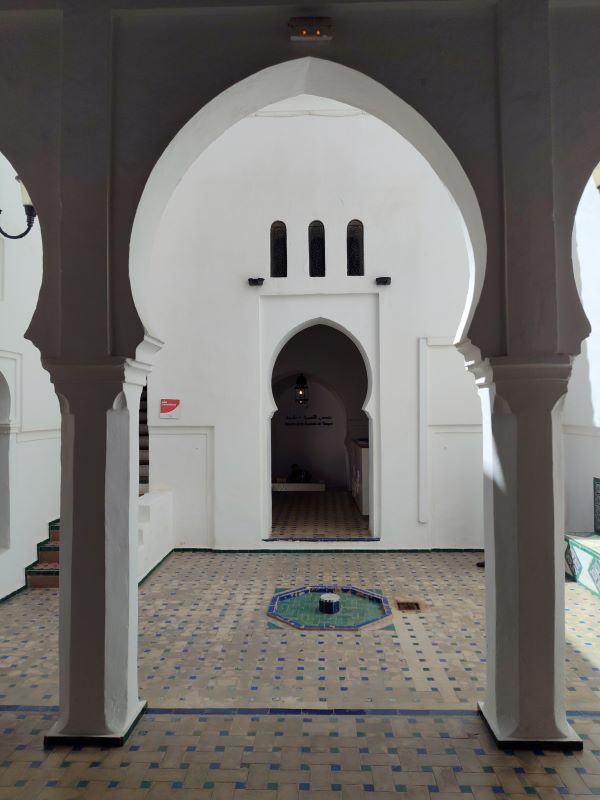
Interior Spaces at the Kasbah, one of the entry areas to the Kasbah
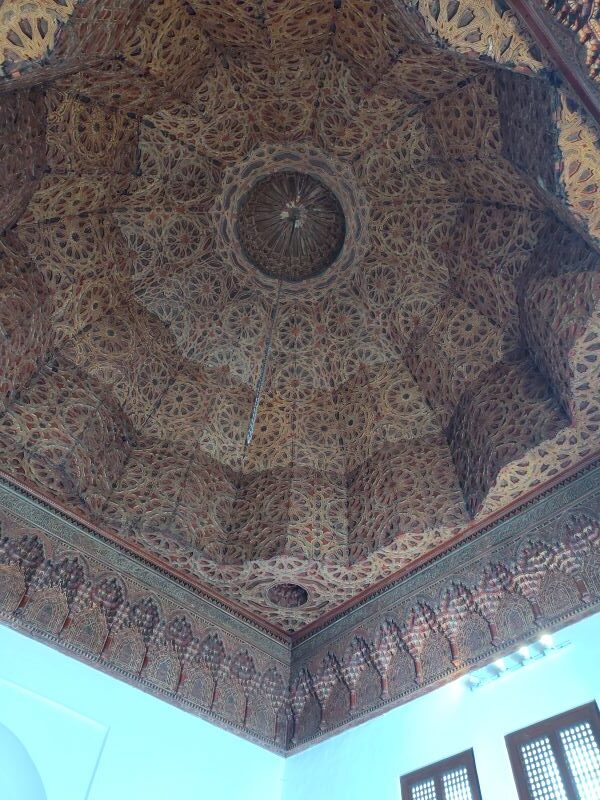
Ceiling details in visiting inside the Kasbah
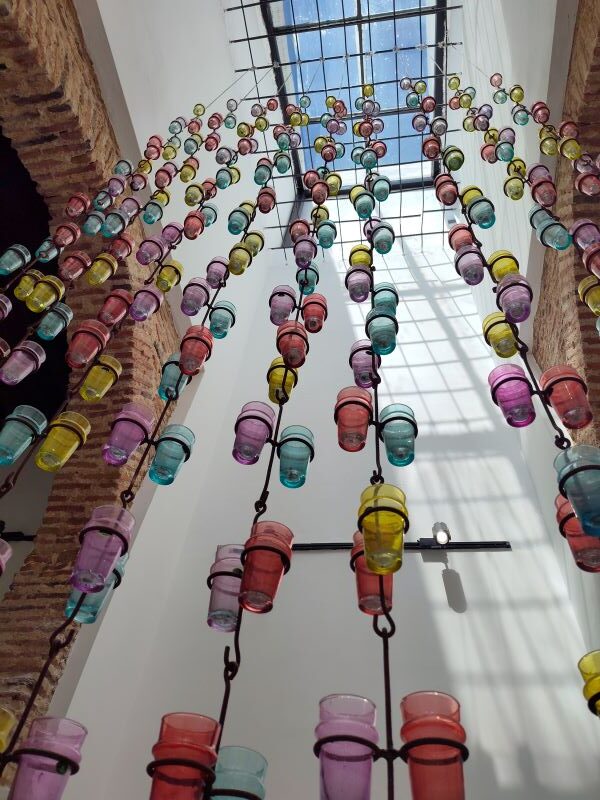
Kasbah art installation at the art canter of the museum
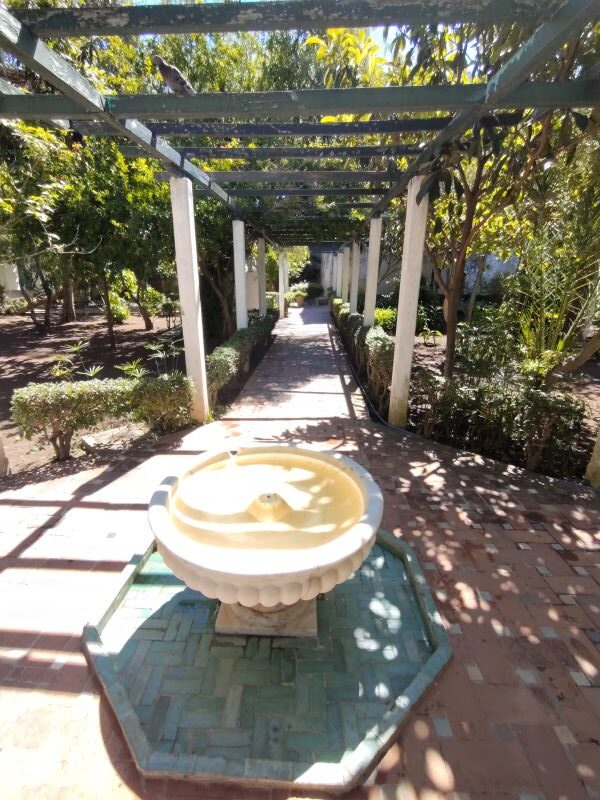
Kasbah gardens located above the Kasbah and palace grounds
Here’s a video overview touring the various areas of the Kasbah Museum below for inspiration
Details to visiting the museum
Check the website for updated information on hours, admission price and available tours of the property along with website information.
| Item | Details |
|---|---|
| Admission | 30 MAD (≈ US $3) for adults; 5 MAD for children / school groups. One ticket also covers the adjoining Contemporary Art space. Free for teachers & ICOM card-holders daily, and for students (Wed & Fri) plus nationals/resident foreigners on Fridays.fnm.ma |
| Opening hours | 10:00 – 18:00 Wednesday-Monday (closed Tuesday). |
| Location | Dar El-Makhzen Palace, Place de la Kasbah, Tangier 90030 |
| Phone | +212 (0)5 39 33 44 81
|
| Website |
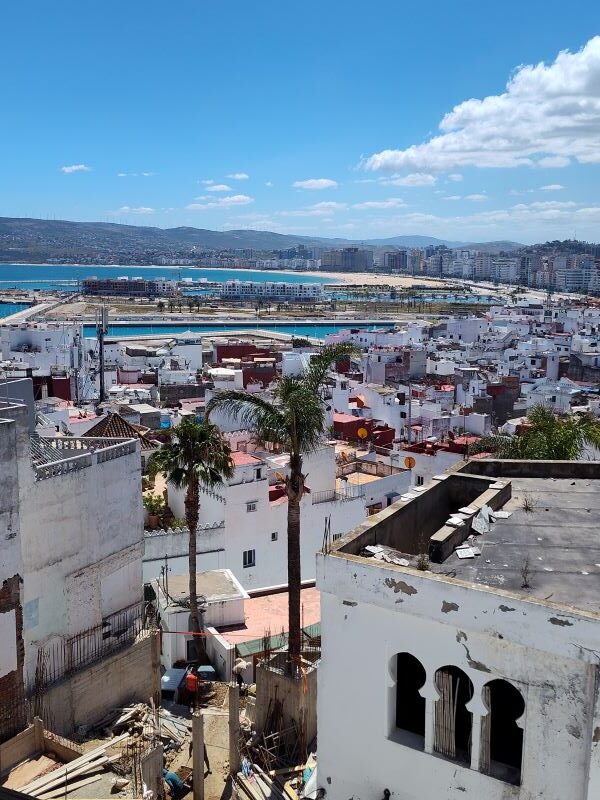
Further Reading on Visiting Tangier and surrounding Areas
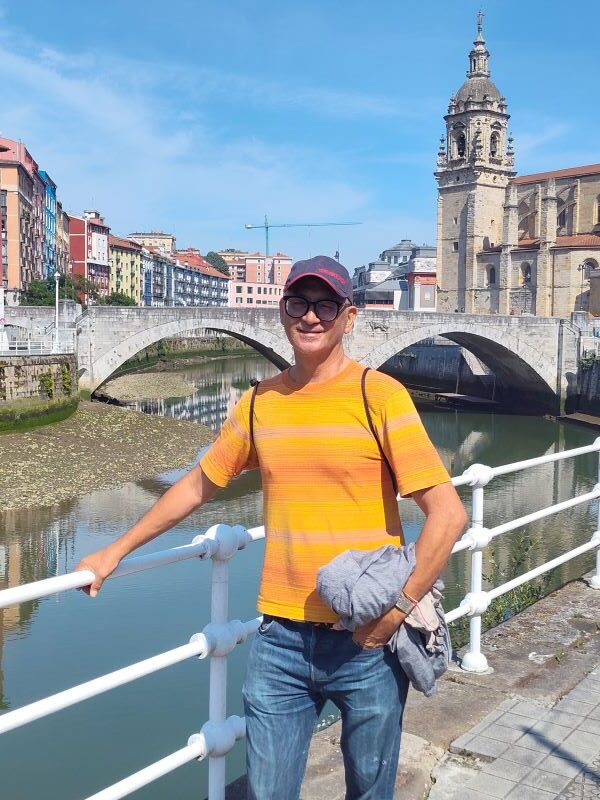
About author – Noel Morata
After relocating from the United States to Andalusia in 2024, I’ve made it my mission to discover every corner of Spain along with many Mediterranean locations, cities and attractions. Based just east of Granada, I’ve spent a lot of time visiting Morocco including multiple extended visits to Marrakesh, Tangier and different parts of the country throughout different seasons. My background in history cultural studies and years of residence and exploring all of the Mediterranean countries have given me unique insight into the region’s historical significance, local customs, and culinary traditions.
I regularly update my guides with the latest information gathered through personal visits and relationships with local tourism officials, always seeking what’s new and exciting in each destination. As a self-proclaimed foodie, I’m passionate about discovering authentic local markets and regional specialties.
Disclosure – some of the links above to various tours, transportation and hotels are affiliate links that benefits our site if you book here and we appreciate your support. The links are competitive, and you are not paying above what other affiliates provide.

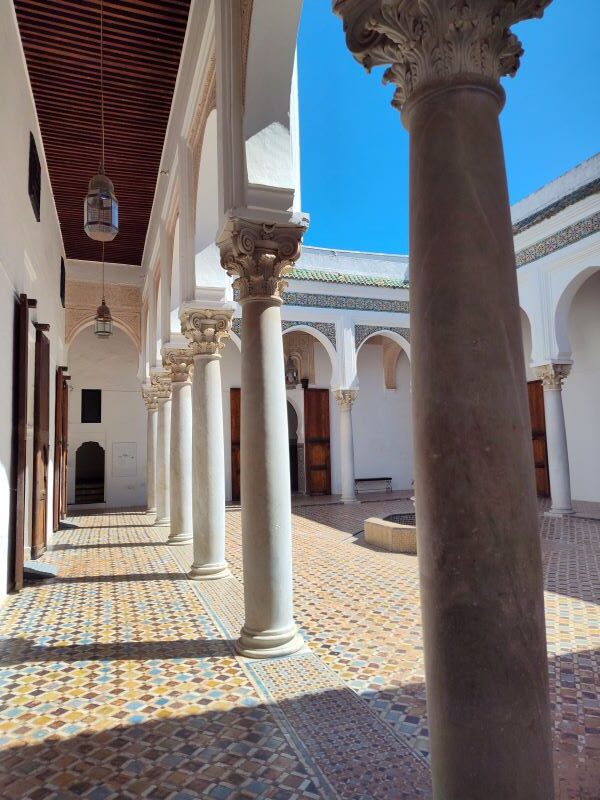
3 thoughts on “Kasbah Museum Tangier”